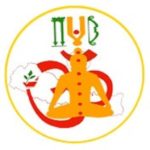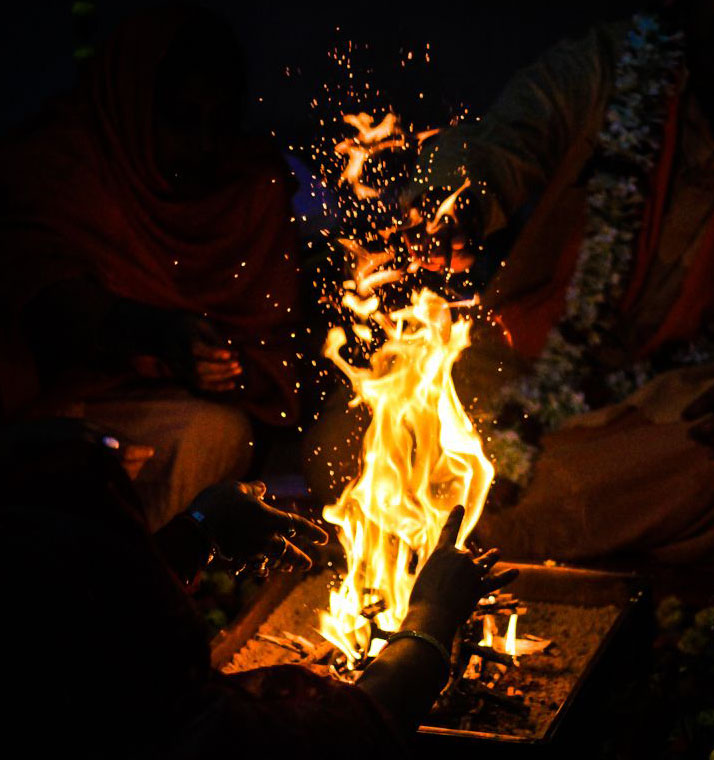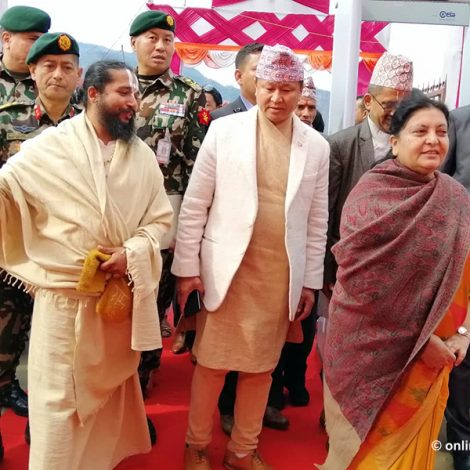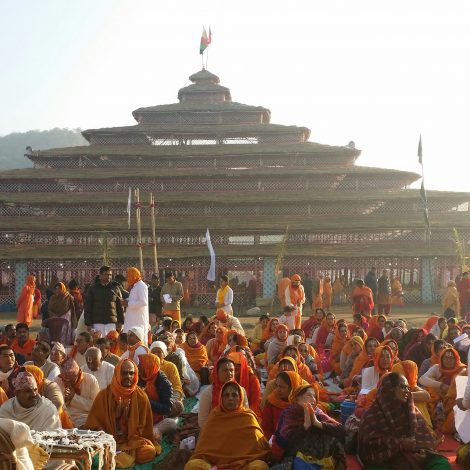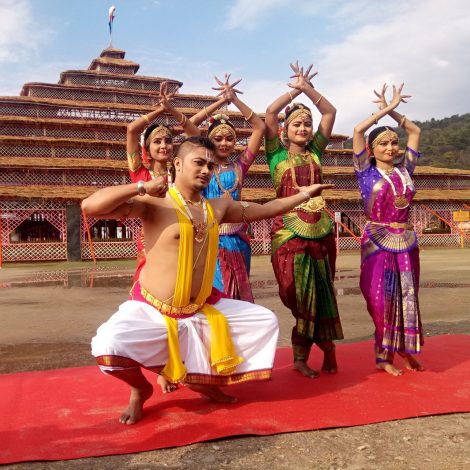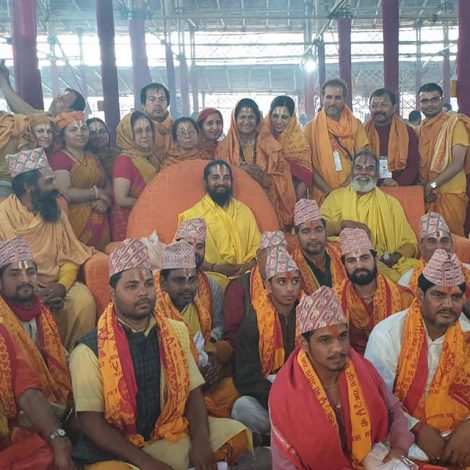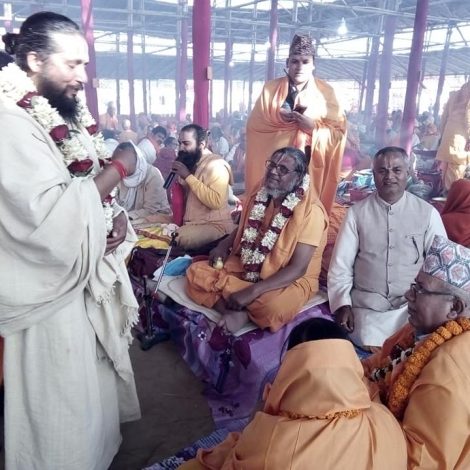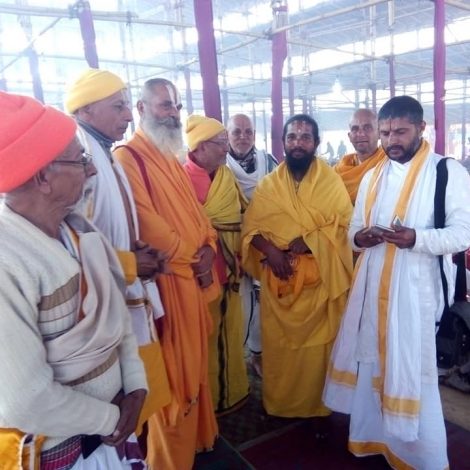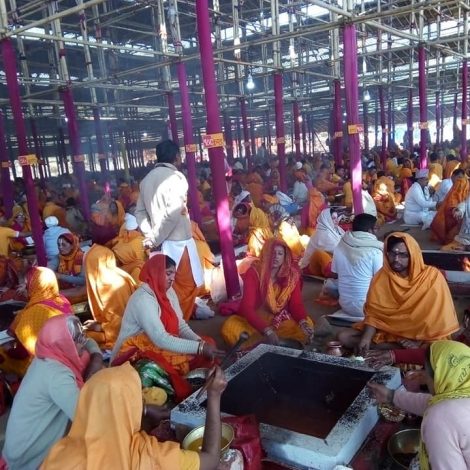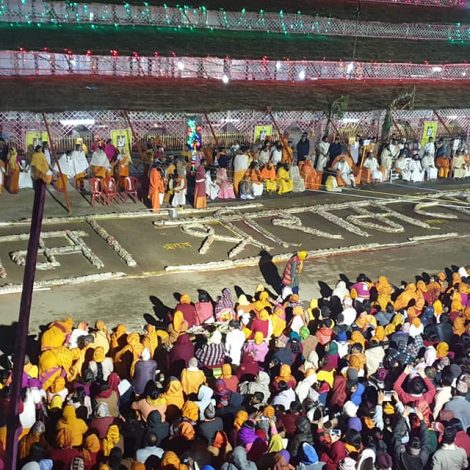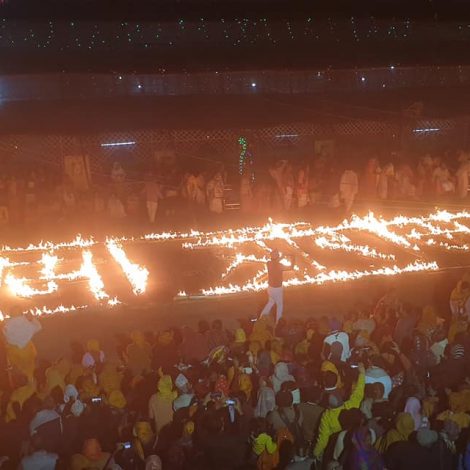purpose
The general aim of this yagya was for global spiritual awakening, global welfare and peace. Its intention was to make the global environment clean, healthy and abundant in food grains. As the Yagya took place in Nepal, it has a special connection and aim for the land. The yagya specifically aimed to make Nepal a “Green and Prosperous” country through abundant production of organic crops and Ayurvedic herbs.
